The Viking Range self-cleaning feature offers an innovative solution for effortless oven maintenance. This function uses high heat to reduce food residue to ash, ensuring a safe and eco-friendly cleaning process while maintaining the appliance’s performance and longevity with proper maintenance.
Overview of the Self-Cleaning Function
The Viking Range self-cleaning function uses high heat to convert food residue into ash, simplifying cleanup. This eco-friendly process eliminates the need for harsh chemicals, making it an efficient way to maintain the oven’s interior. The function is designed to run at extreme temperatures, ensuring a thorough cleaning while preserving the appliance’s performance and longevity over time.
Benefits of Using the Self-Cleaning Feature
The self-cleaning feature offers convenience and efficiency by eliminating the need for manual scrubbing. It uses high heat to reduce food residue to ash, making cleanup effortless. This eco-friendly method avoids harsh chemicals, preserving the oven’s interior and maintaining its performance. Regular use of the self-cleaning function extends the appliance’s lifespan and ensures optimal cooking results over time.
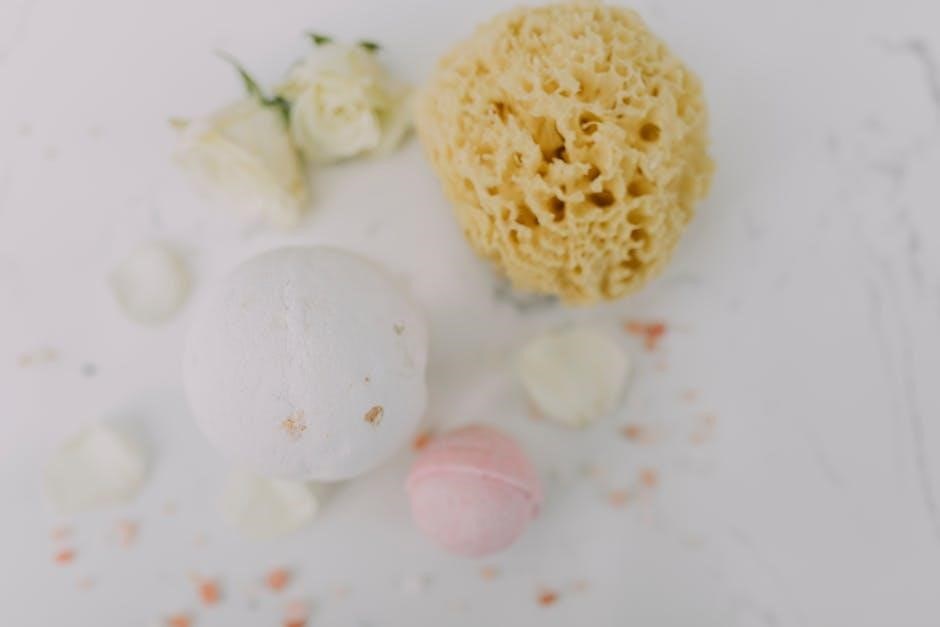
Preparing the Oven for Self-Cleaning
Before activating the self-cleaning feature, remove all racks, accessories, and utensils from the oven. Ensure no other parts are inside to avoid damage during high heat.
Removing Oven Racks and Accessories
Before initiating the self-cleaning cycle, remove all oven racks, broiler pans, grids, and utensils. These items should be placed outside the oven to prevent damage from high temperatures. Avoid leaving any accessories inside, as they may warp or discolor. Wash racks and accessories by hand with soap and water or in a dishwasher for safe cleaning. This step ensures the self-cleaning process is effective and protects your oven components.
Cleaning the Area Around the Oven
Before the self-cleaning cycle, clean the area around the oven to avoid splatters and residue spreading. Wipe the cooktop, walls, and nearby surfaces with a damp cloth to remove grease or food particles. Use a gentle cleaner for tough spots, ensuring no harsh chemicals damage the finish. Clear the floor of clutter to prevent tripping hazards. Properly ventilate the space to minimize odors during the cycle. This preparation ensures a safer and more efficient cleaning process. Always follow the manufacturer’s guidelines for surface cleaning to maintain your Viking range’s appearance and functionality. Regular cleaning of the exterior and surrounding areas prevents the buildup of grime and keeps your kitchen looking tidy. By addressing the area around the oven, you can ensure the self-cleaning feature works effectively without spreading mess or odors. This step is crucial for maintaining both the oven’s performance and your kitchen’s overall cleanliness. Additionally, cleaning the surrounding surfaces beforehand helps prevent any stubborn stains from setting in, making post-cleaning maintenance easier. Always double-check that the area is clear and clean before starting the self-cleaning process to ensure optimal results. This thorough approach guarantees your Viking range remains in excellent condition and continues to perform at its best.
Safety Precautions Before Starting the Cycle
Ensure proper ventilation by opening windows and keeping the area clear. Protect children and pets from extreme heat. Never use the oven as a space heater or heat unopened containers to avoid risks like carbon monoxide poisoning and overheating.
Ensuring Proper Ventilation
Proper ventilation is crucial when using the self-cleaning feature. Open windows and doors to allow fresh air circulation, reducing fumes and odors. Avoid using the oven as a space heater, as this can lead to carbon monoxide buildup. Keep the kitchen well-ventilated throughout the cycle to ensure safety and prevent overheating. Follow manufacturer guidelines to maintain a safe environment during the self-cleaning process.
Protecting Children and Pets
During the self-cleaning cycle, the oven becomes extremely hot, making it essential to keep children and pets away. Use safety locks if available and ensure the kitchen is supervised. Keep children at a distance to prevent burns. Pets should also be kept away due to the intense heat and potential fumes. Never allow them to approach the oven during or after the cleaning cycle until it has cooled completely.
Understanding the Self-Cleaning Process
The Viking Range self-cleaning feature uses high temperatures to burn food residue, simplifying maintenance by reducing grime to ash for easy cleaning after cooling.
How the Self-Cleaning Cycle Works
The Viking Range self-cleaning cycle uses high temperatures to burn food residue, turning it into ash. The oven automatically locks during the cycle, which lasts several hours. After completion, the oven cools, and the ash can be easily wiped away. This process ensures a thorough cleaning without harsh chemicals, maintaining the oven’s interior and performance. Proper ventilation is essential during the cycle to prevent fumes from spreading.
Duration and Stages of the Cleaning Cycle
The Viking Range self-cleaning cycle typically lasts about 3.5 hours. It begins with a preheating phase, followed by high-temperature burning of food residue. The oven locks during this process to ensure safety. After the cycle, the oven cools down, and the door unlocks automatically. The stages include preheating, cleaning, cooling, and final unlocking, allowing you to wipe away ash easily. Proper ventilation is recommended to manage fumes during the process.

Post-Cleaning Instructions
After the self-cleaning cycle, allow the oven to cool completely. Once cooled, wipe down surfaces with a damp cloth to remove ash. Replace racks and accessories.
Allowing the Oven to Cool Down
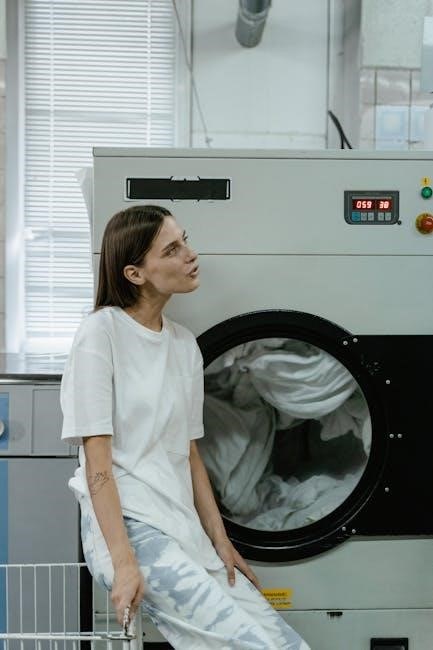
After the self-cleaning cycle, let the oven cool completely. This ensures safety and prevents damage. The oven door will remain locked until it cools to prevent accidental burns. Avoid opening the door during cooling, as high temperatures can still be present. Keep children and pets away during this process. Once cooled, the door will unlock, and you can safely wipe down surfaces. Proper cooling is essential before any post-cleaning maintenance.
Wiping Down Surfaces After the Cycle
Once the oven has cooled, use a damp cloth to wipe down all surfaces, removing any ash or residue. Avoid using abrasive cleaners or scrubbers to prevent scratching. For tougher spots, a gentle cleaning product may be applied, but ensure it’s safe for high-heat surfaces. Clean the window and exterior with a glass cleaner and soft cloth. Regularly wiping down surfaces after cleaning ensures your Viking range remains in pristine condition and maintains its functionality.

Maintenance and Exterior Cleaning
Regularly clean the exterior with a soft cloth and gentle detergent. Avoid abrasive materials to prevent scratches. For glass surfaces, use a glass cleaner and wipe dry thoroughly for a streak-free finish.
Cleaning the Glass Window and Exterior
For the glass window, apply a glass ceramic cleaning cream with a damp paper towel, wiping in one direction. Buff with a dry cloth for clarity. The exterior requires gentle care—avoid abrasive materials or harsh chemicals. Use a soft cloth with mild soap and water, then dry thoroughly to prevent streaks. Regular cleaning maintains the range’s appearance and ensures longevity. Use a microfiber cloth for a polished finish, avoiding scratches and damage to the surface.
Maintaining the Burners and Griddle
Clean burner caps and grates with hot, soapy water, avoiding abrasive cleaners or scrubbers. For tough residue, soak in warm water before scrubbing gently. Dry thoroughly to prevent rust. The griddle requires a soft sponge and mild detergent; avoid harsh chemicals. Regular maintenance prevents food buildup and ensures optimal performance. For stubborn stains, a gentle scrubber or specialized cleaner can be used, but always rinse and dry to maintain the finish and functionality of the burners and griddle.
Troubleshooting Common Issues
Identify common issues like self-cleaning not activating or error codes. Check the thermostat, ensure proper setup, and consult the user manual for troubleshooting guidance.
When the Self-Clean Feature Doesn’t Activate
If the self-clean feature fails to activate, check if the red light on the self-clean knob is illuminated or if the thermostat dial is in the correct position. Ensure the oven is properly preheated and all racks are removed. Verify that the circuit breaker hasn’t tripped and that the child safety lock isn’t engaged. If issues persist, consult the user manual or contact Viking support for assistance. Proper troubleshooting ensures safe and effective oven maintenance.
Addressing Error Codes or Unusual Noises
If error codes appear or unusual noises occur during the self-cleaning cycle, stop the process immediately. Check the user manual for code meanings and follow reset instructions. Ensure all connections are secure and the oven is properly ventilated. If noises persist, turn off the power and allow the oven to cool. Contact Viking customer support for further assistance to prevent damage and ensure safe operation. Prompt action helps maintain your range’s performance and longevity.
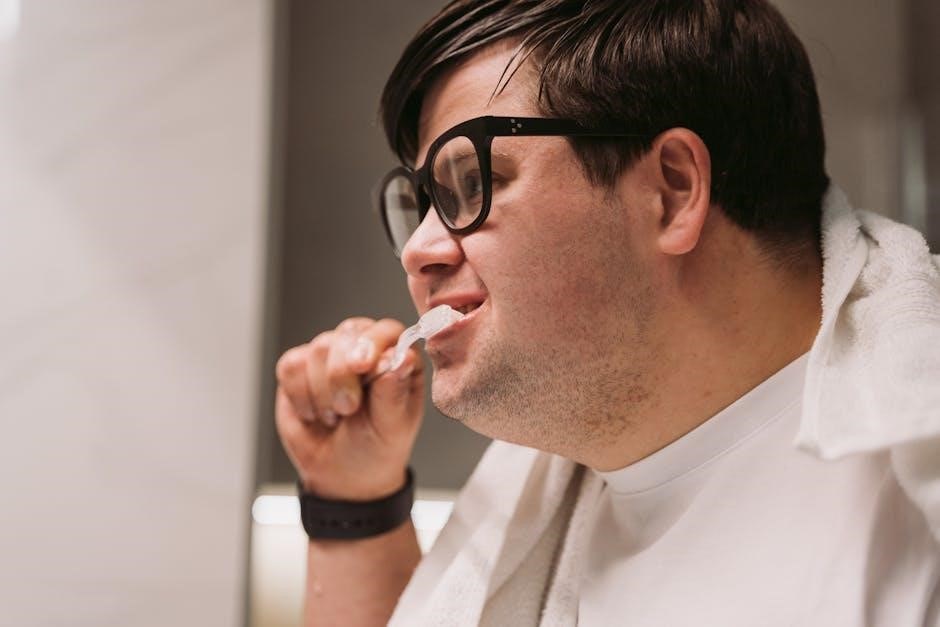
Eco-Friendly Alternatives to Self-Cleaning
Explore manual cleaning methods using natural products like baking soda and vinegar for an eco-friendly approach. These alternatives are effective and environmentally conscious, reducing chemical use while maintaining your Viking range’s cleanliness and performance.
Manual Cleaning Methods
For manual cleaning, mix baking soda and water to create a paste, applying it to interior surfaces. Let it sit overnight, then wipe down with a damp cloth. For tougher stains, vinegar can be added to the solution. Avoid harsh chemicals and abrasive cleaners to prevent surface damage. Regular manual cleaning helps maintain your Viking range’s performance and appearance without relying on the self-cleaning feature, ensuring a gentle yet effective cleaning process.
Using Eco-Friendly Cleaning Products
Eco-friendly cleaning products, such as vinegar, baking soda, and glass ceramic cleaning creams, are ideal for maintaining your Viking range. These solutions gently remove grime without harsh chemicals, protecting the appliance’s surfaces. Microfiber cloths are recommended for wiping down to prevent scratches. Always follow the manufacturer’s guidelines to ensure compatibility and safety. Eco-friendly methods are not only effective but also align with sustainable cleaning practices, preserving your range’s durability and aesthetic appeal over time.
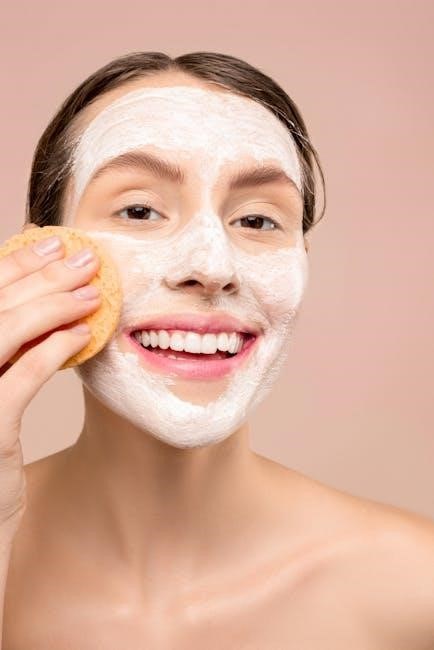
Best Practices from the User Manual
Adhere to the Viking Range user manual for optimal performance. Regularly clean surfaces, avoid harsh chemicals, and ensure proper ventilation during self-cleaning cycles for longevity and safety.
Following Manufacturer Guidelines
Always refer to the Viking Range user manual for specific self-cleaning instructions. Remove racks and accessories before starting the cycle to ensure proper cleaning. Avoid using abrasive cleaners or scourers on glass surfaces, and never leave the oven unattended during the process. For exterior maintenance, use recommended cleaning products to prevent damage. Regularly clean burner caps and grates to maintain optimal performance. Follow ventilation guidelines to avoid fumes and ensure safety during the self-cleaning process.
Recommended Cleaning Frequencies
Viking recommends cleaning the oven after each use to prevent grime buildup. For light cleaning, wipe surfaces with a damp cloth while the oven is cool. Run the self-cleaning cycle every 1-3 months, depending on usage. Clean burner caps and racks monthly to maintain efficiency. For exterior surfaces, use a gentle cleaner weekly to prevent fingerprints and stains. Always refer to the user manual for specific guidance tailored to your model.
Frequently Asked Questions
Common questions include whether the self-cleaning feature is safe for all parts and if the cycle can be interrupted once started. Always consult the user manual for answers.
Is Self-Cleaning Safe for All Parts?
The self-cleaning feature is generally safe, but high temperatures may damage certain components. Remove racks, utensils, and fragile parts before starting the cycle to prevent damage.
Can IInterrupt the Cleaning Cycle?
Interrupting the self-cleaning cycle is possible but should be done cautiously. Turning off the power or circuit breaker can stop the cycle, but this may cause issues like error codes or incomplete cleaning. It’s best to allow the cycle to complete for optimal results. If safety concerns arise, such as excessive odors or smoke, stopping the cycle is advisable. Always refer to the user manual for specific guidance.
The Viking Range self-cleaning feature simplifies oven maintenance, offering a safe and efficient solution for food residue removal. Regular use ensures optimal performance and longevity of the appliance.
Final Tips for Optimal Performance
For optimal performance, use the self-cleaning feature regularly to maintain your Viking Range’s efficiency. Always follow the manual’s guidelines to avoid damage. Clean the exterior and burners frequently, and ensure proper ventilation during the self-cleaning cycle. Avoid using harsh chemicals, as they may damage surfaces. Regular maintenance ensures longevity and reliable operation, keeping your range in excellent condition for years to come.
Importance of Regular Maintenance
Regular maintenance is crucial for the longevity and efficiency of your Viking Range. Cleaning racks, burners, and surfaces prevents residue buildup and ensures optimal performance. Avoid harsh chemicals to maintain the finish. Check for worn-out parts and replace them as needed. Proper care extends the appliance’s lifespan and ensures safe, reliable operation. Always refer to the user manual for specific maintenance recommendations tailored to your Viking Range model.
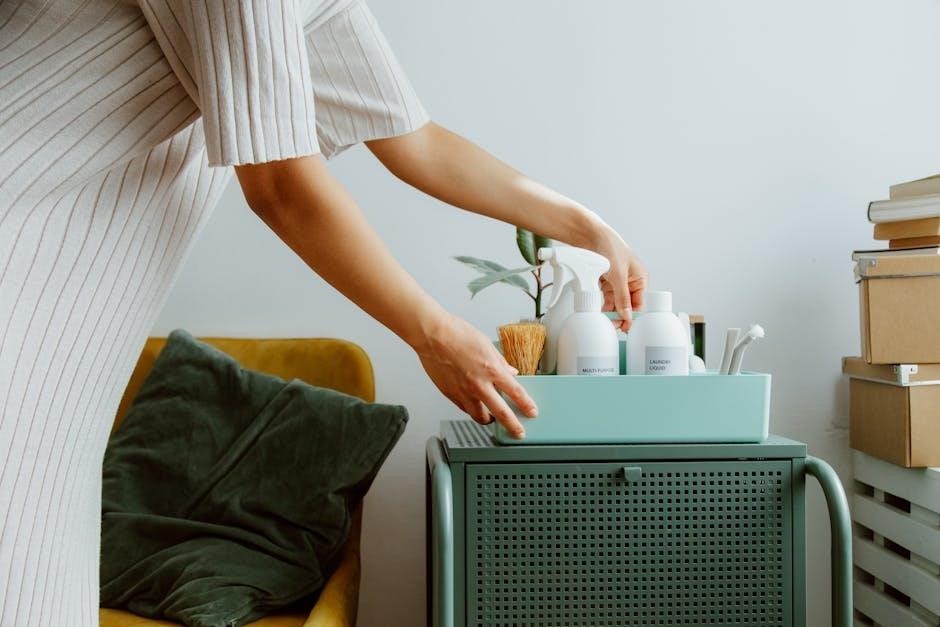
Leave a Reply